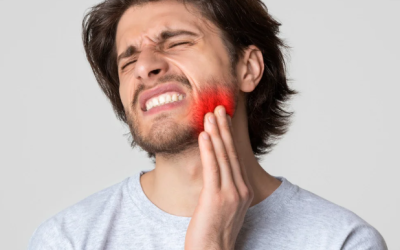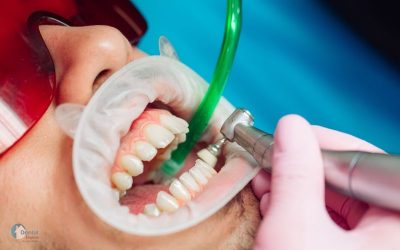TM joint pain refers to discomfort or dysfunction in the temporomandibular joint, the hinge that connects your jawbone to your skull. This joint plays a crucial role in everyday activities like talking, chewing, yawning, and swallowing. When this joint becomes inflamed or misaligned, it can cause a range of symptoms collectively referred to as Temporomandibular Joint Disorder (TMD or TMJ disorder).
Causes of TM Joint Pain
There isn’t always a single cause of TM joint pain. In many cases, the condition results from a combination of factors, including:
- Jaw Injury or Trauma: A direct blow or accident affecting the jaw or head can injure the joint or surrounding muscles.
- Teeth Grinding or Clenching (Bruxism): Chronic grinding can put excessive pressure on the joint, leading to inflammation and pain.
- Arthritis: Both osteoarthritis and rheumatoid arthritis can affect the TM joint, causing degeneration or inflammation of the cartilage.
- Jaw Misalignment or Bite Problems: Structural issues in the jaw or dental alignment can strain the joint over time.
- Stress: Emotional stress can lead to muscle tension and jaw clenching, both of which can exacerbate TMJ pain.
Common Symptoms
TM joint pain can vary in intensity and may affect one or both sides of the face. Common symptoms include:
- Jaw pain or tenderness that is dull but continuous, may radiate to the shoulder, arm, or back
- Clicking, popping, or grating sounds when opening or closing the mouth
- Difficulty in chewing or discomfort while chewing
- Locking of the jaw in an open or closed position
- Headaches, especially around the temples
- Earaches or a sensation of fullness in the ears
- Facial pain or swelling around the jaw
Diagnosis
Diagnosing TM joint pain usually begins with a detailed medical history and physical examination. Pointing out and eliminating the causes are the mainstay of this condition. Your healthcare provider may palpate the jaw, check the range of motion, and listen for joint sounds. In some cases, imaging tests like X-rays, CT scans, or MRI may be recommended to get a clearer view of the joint structure and detect underlying issues.
Treatment Options
Treatment for TM joint pain depends on the severity and underlying cause. Most cases improve with conservative, non-surgical methods, such as:
- Pain relievers and anti-inflammatory medications
- Muscle relaxants for short-term use
- Physical therapy to stretch and strengthen jaw muscles
- Mouthguards or splints to prevent teeth grinding
- Stress management techniques such as meditation or counseling
- Lifestyle changes like avoiding hard or chewy foods and practicing good posture
In more severe or persistent cases, the doctor may recommend corticosteroid injections or even surgical intervention as a last resort.
Conclusion
If you’re experiencing persistent jaw pain, difficulty moving your jaw, or symptoms that interfere with your daily life, consult a healthcare provider or a specialist such as a dentist with experience in TMD. Early diagnosis and treatment can prevent complications and improve quality of life.




